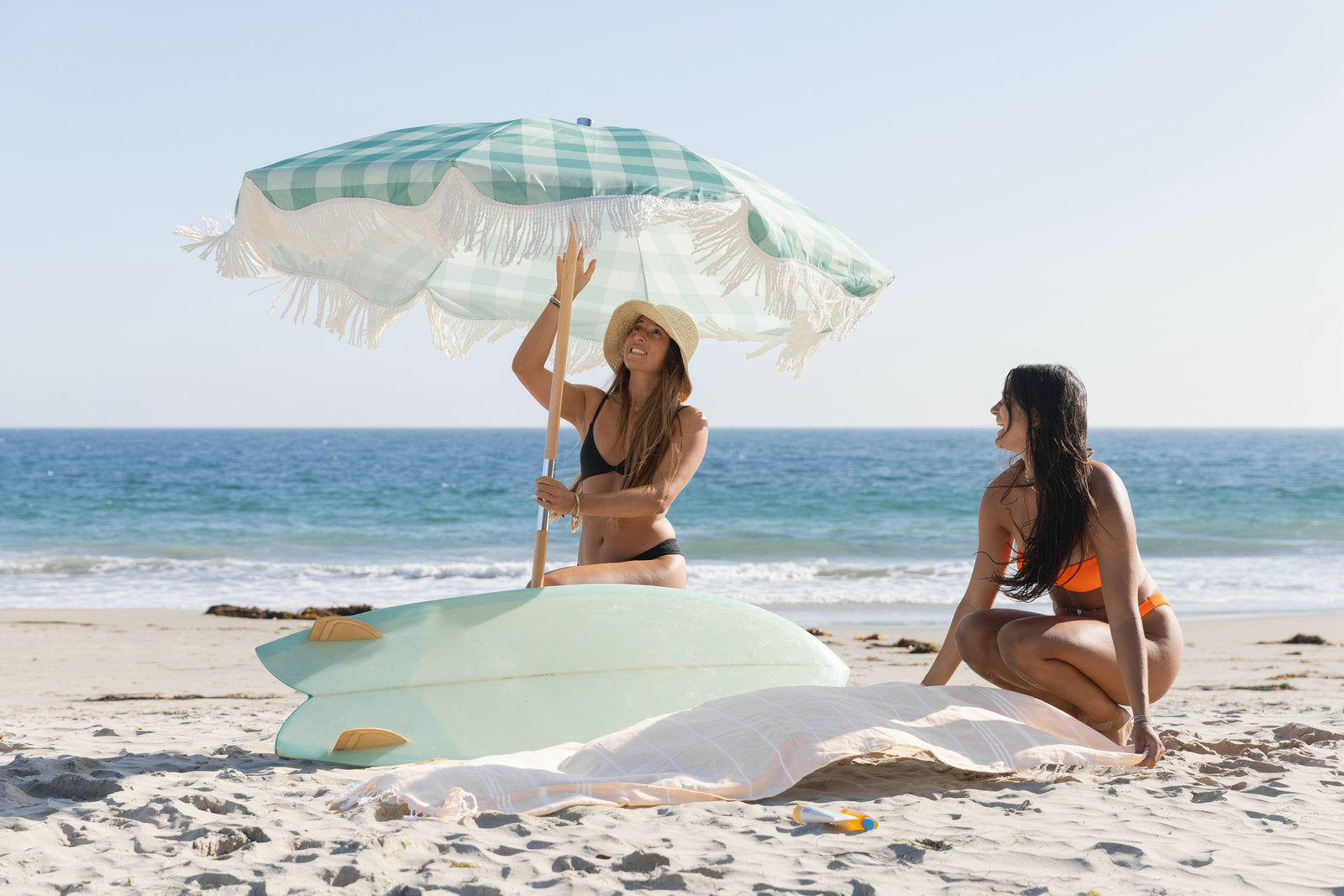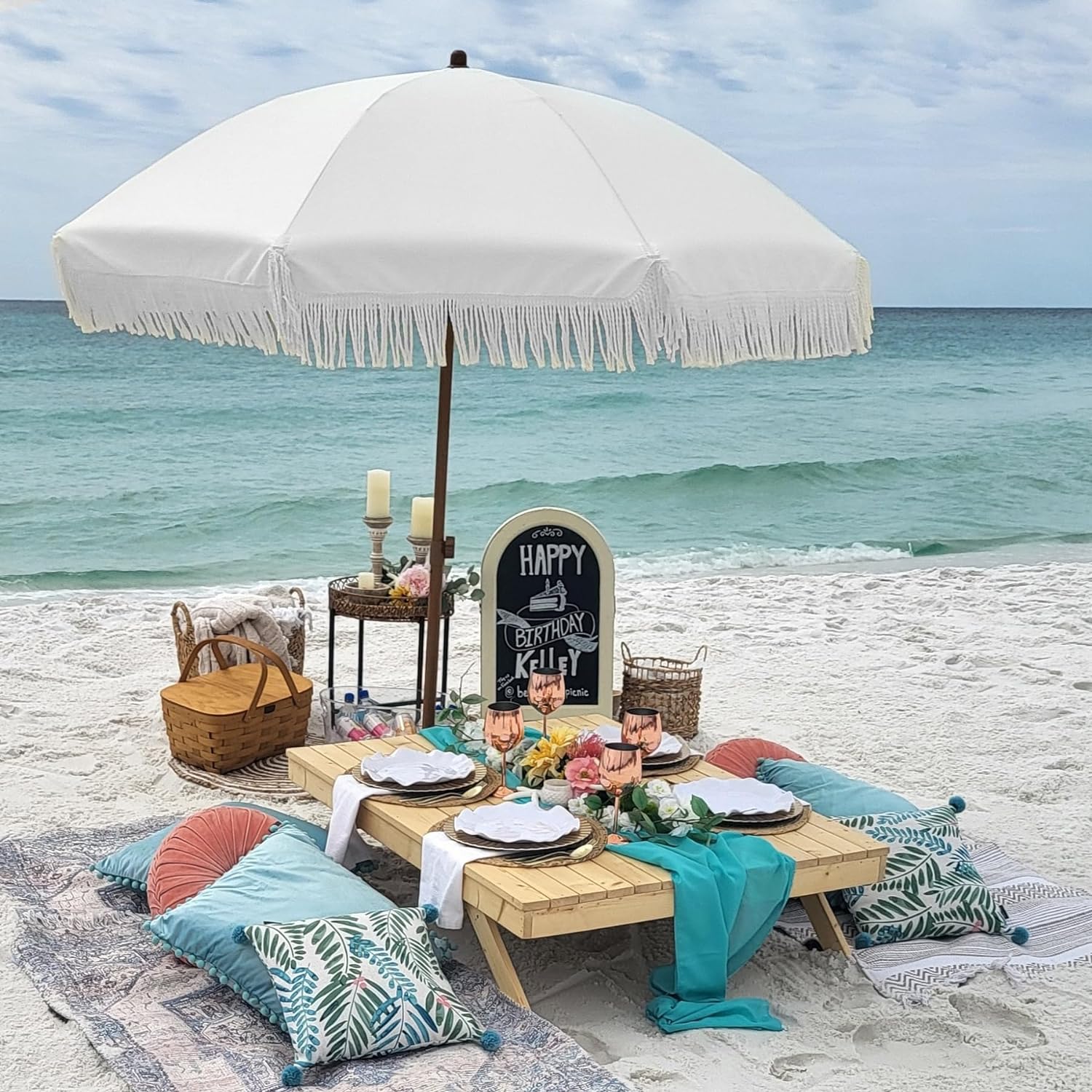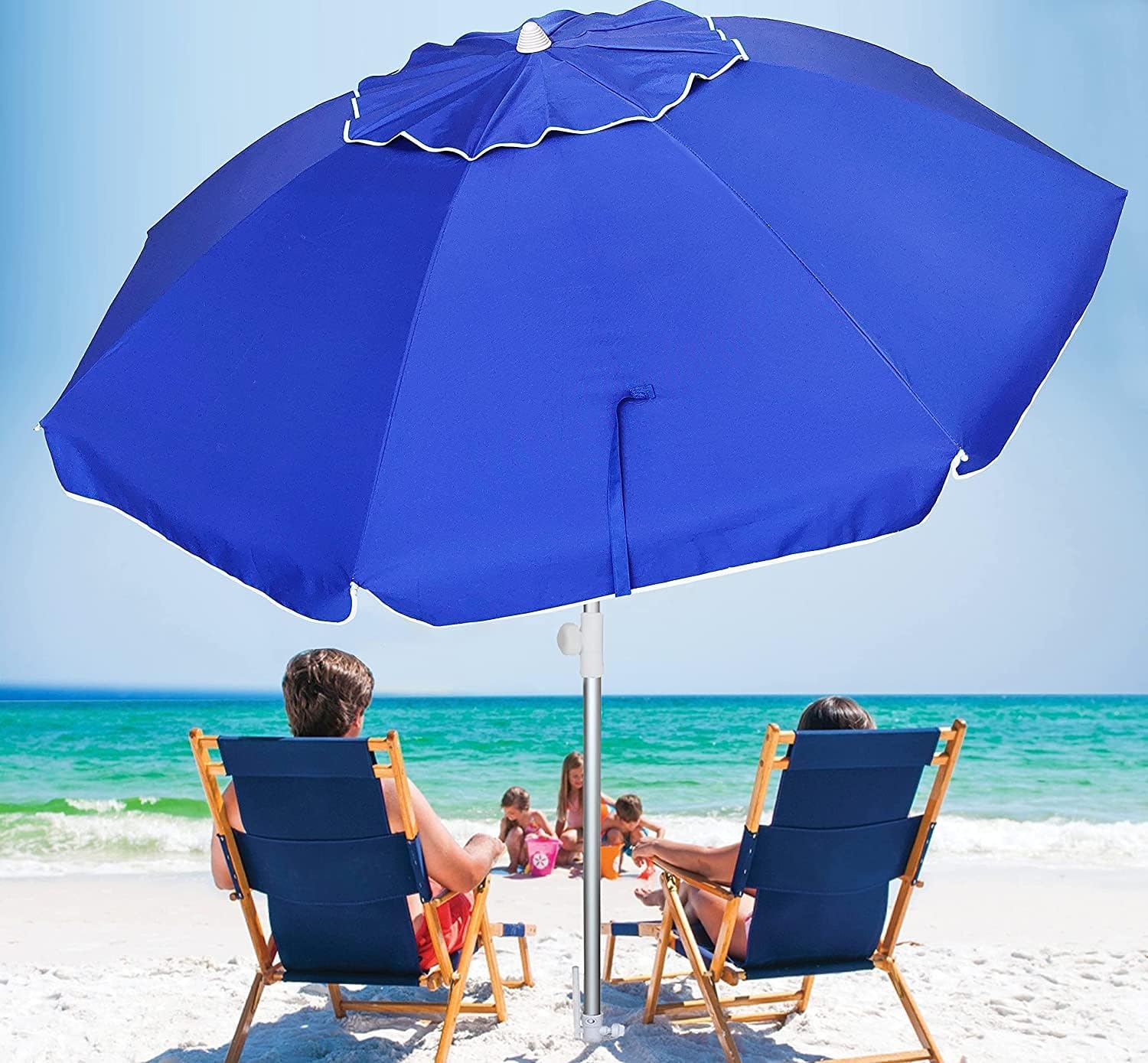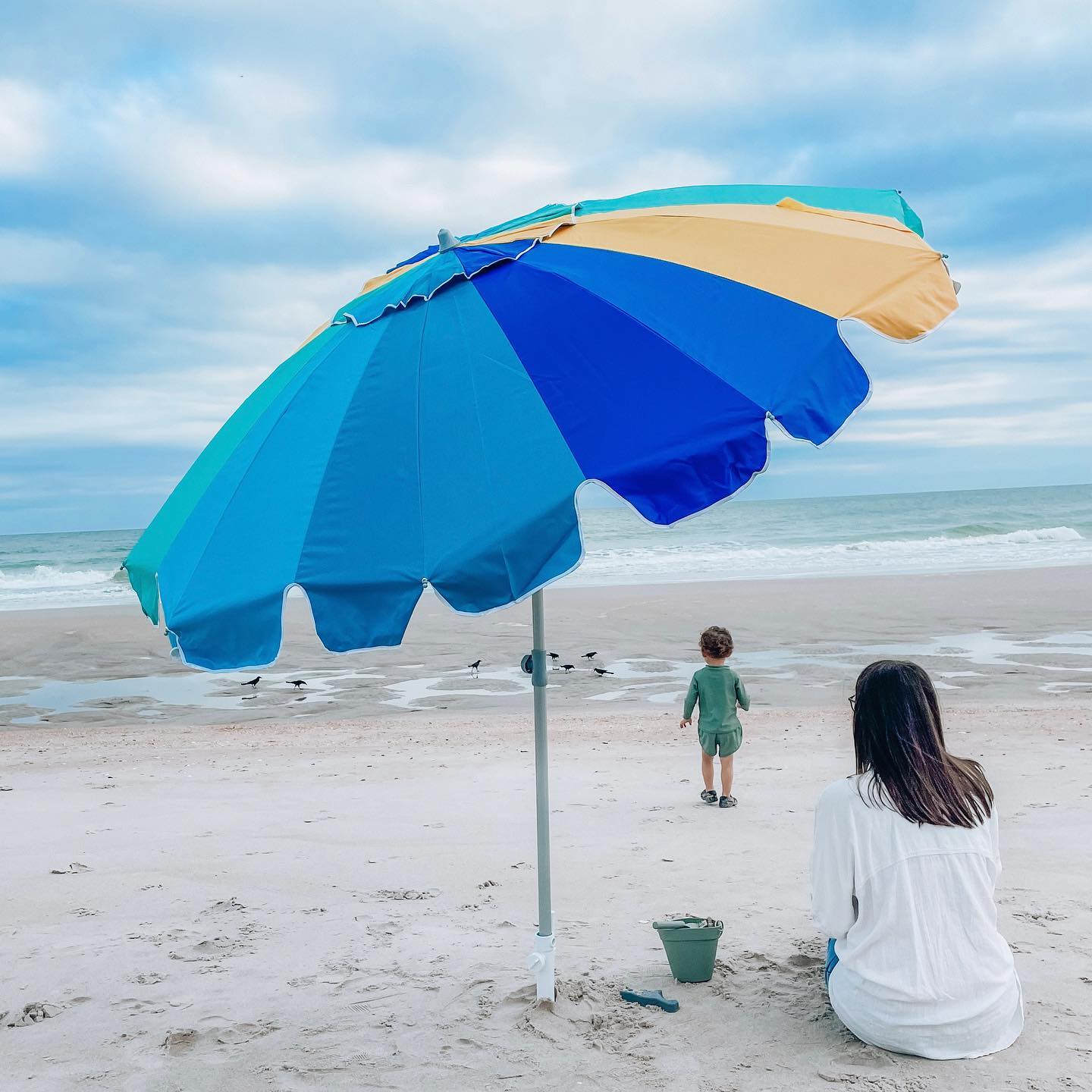AMMSUN
AMMSUN aims to provide everyone with the most popular choices in Beach life.Starting with a beach umbrella in 2007, AMMSUN began to explore the beach and sports. We look forward to discovering the joys of living with you.Beach umbrella-outdoor beach gear & garden umbrella-and more, we are always looking for the beauty in beach life.I am here, enjoying the beach time free !
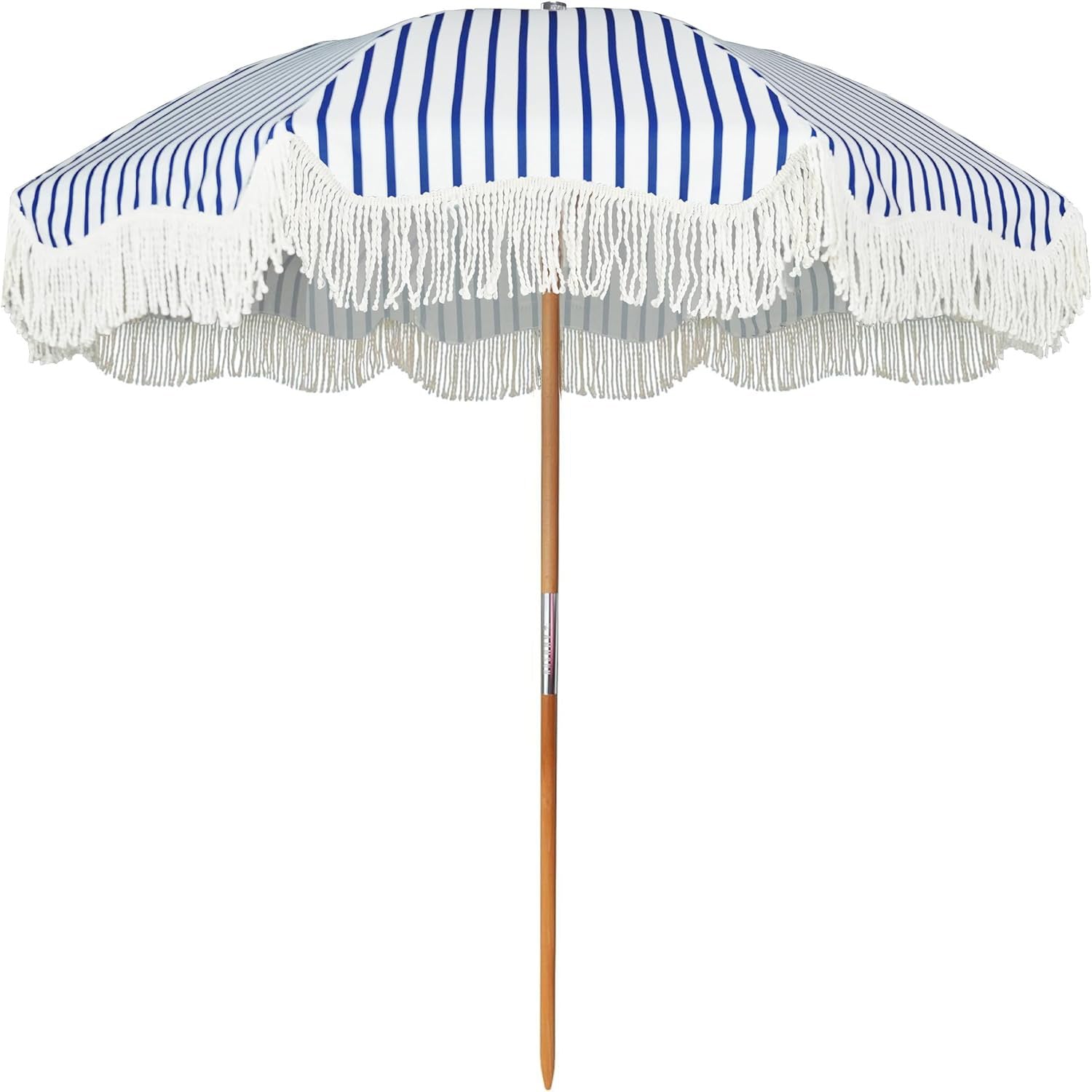



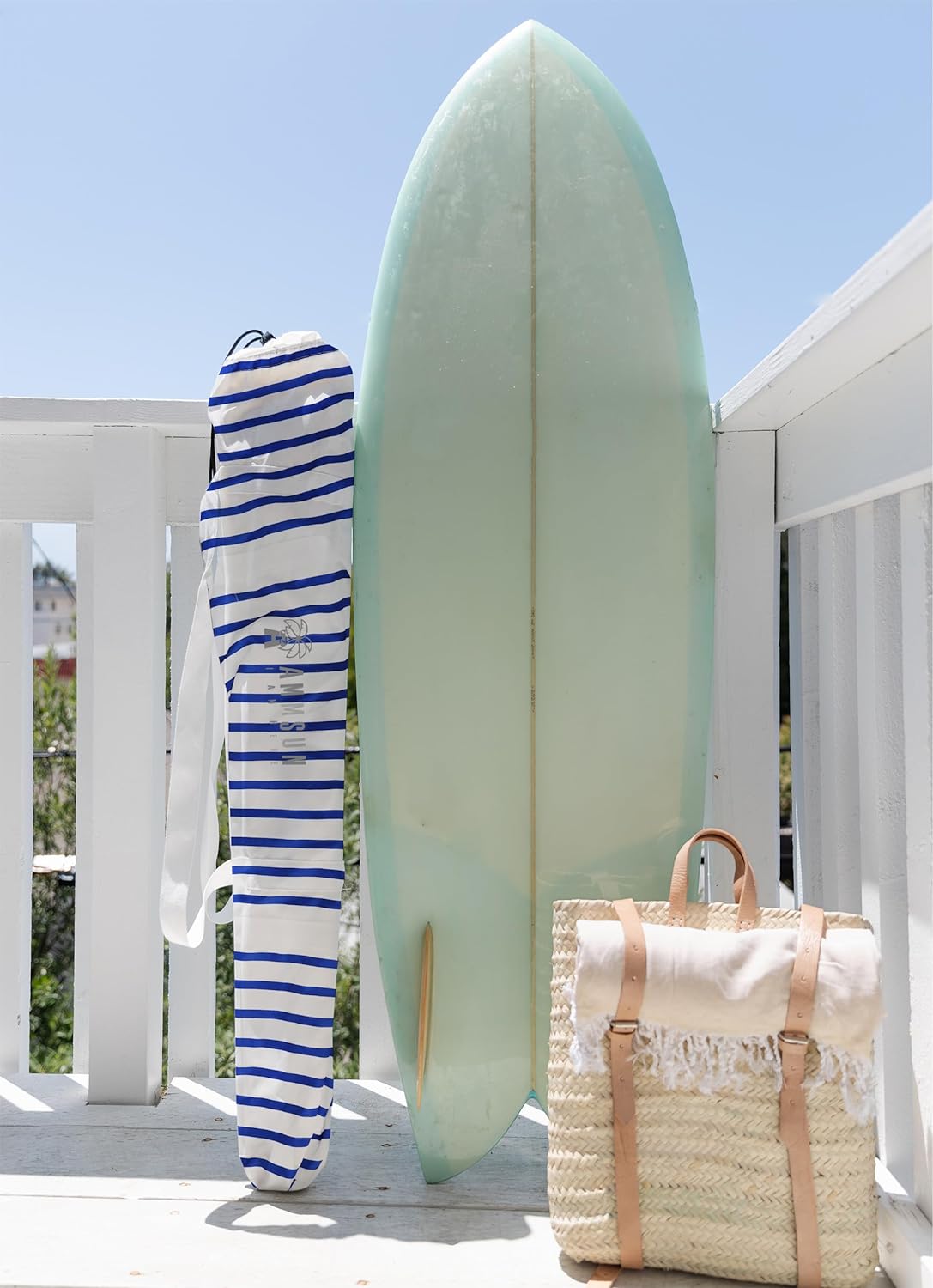
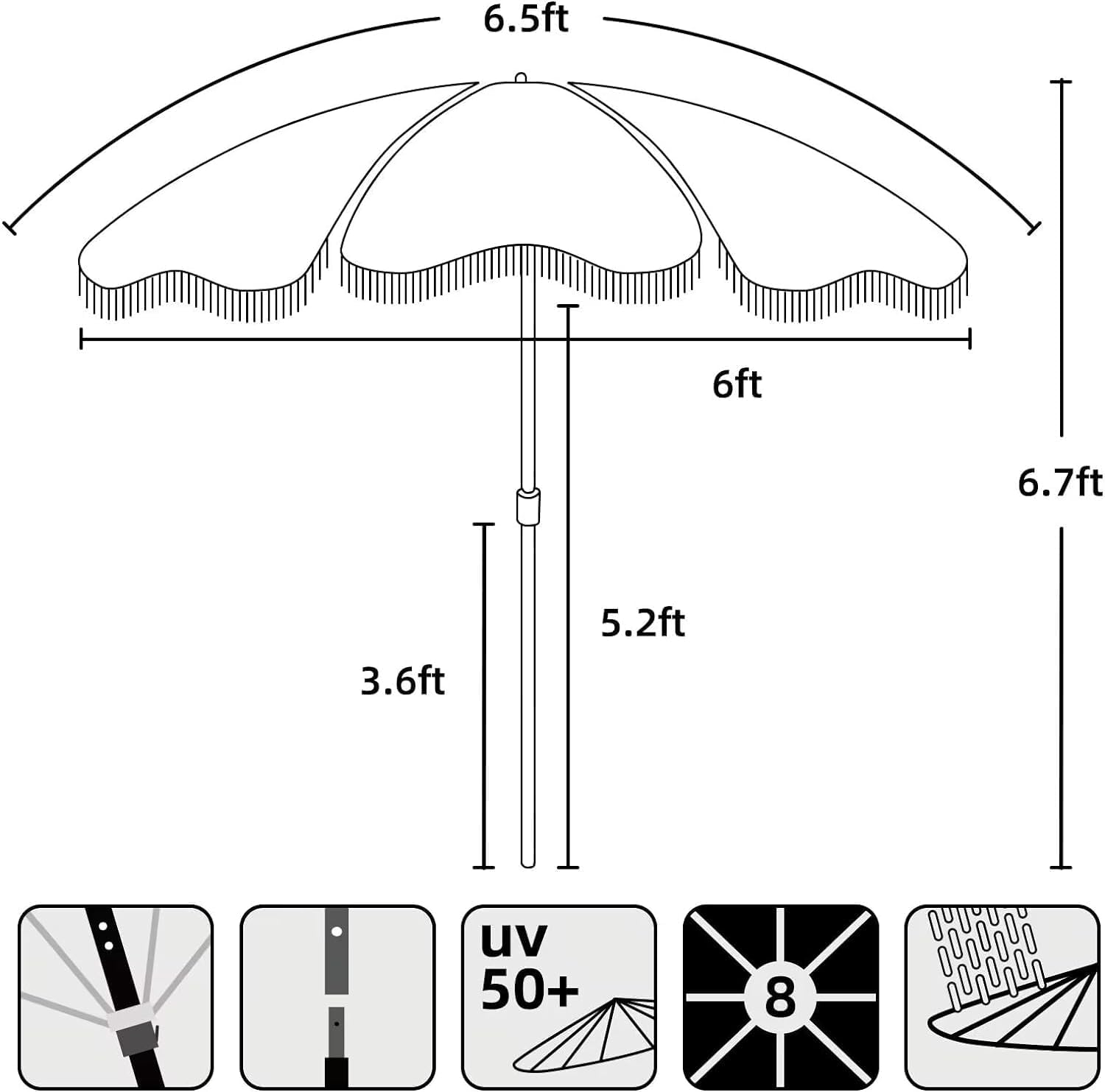









Spring Special
Limited-time offer! Purchase a beach cabana and receive a curated spring set at a special price. Dive into savings and upgrade your beach experience.












customer reviews
Love this umbrella! It is a great size and it is the most solid beach umbrella I've ever had! It anchors really well in the sand. I had two other Tommy Bahama umbrellas with me and this umbrella was the only one still standing at the end of a particularly windy day. Large enough for 2 people to sit under plus some belongings.
Bought this because the umbrella that came with my rental condo was garbage. Loved everything about it. Includes a sand screw that has the most ergonomic handle I've ever used. Will be sorry to leave it behind when I fly home.
This is a perfect item to create a little shade at the beach. Lightweight, colorful, easy to assemble and easy to "scew" into the stand for a sturdy set up. Worked great with the windy beach! Won't go to the beach without one.
After buying my first Ammsun umbrella, I bought this as my second, for friends and family,
It's beautiful, and most importantly, it stands up to strong winds.
I learned this the hard way, by purchasing 2 others that I have since discarded.
Best selling
FAQS
Size – When considering size you will need to think about how many people are likely to be using the umbrella. If it’s only going to be one adult or one adult and one child you’ll normally get away with a 180cm to 210cm umbrella. If you are looking to cover a family or two adults you are best off going for a larger size like 220cm to 240cm. A very important factor when considering the size of which beach umbrella to buy is what the manufacturer actually means by “diameter”. Even though diameter is generally considered to be the measurement in a straight line from one point to another for some reason a lot of umbrella manufacturers like to call “diameter” the measurement up over the arch of the umbrella so if buying online it is important to get the seller to clarify what the canopy measurement is that they are giving.
Ease of Use – Beach Umbrellas tend to come with different options on the lower pole to secure it into the sand. When you are at the beach you want to be relaxing and enjoying yourself not running down the beach chasing your umbrella after it’s been blown away in a gust of wind. If you can find an umbrella with a large auger (screw in part) on the bottom pole that will make it a lot easier to get it a decent depth into the sand. Having a carry bag for your beach umbrella will also make things easier as you just sling it across your shoulder to travel to and from the beach.
Sun Protection – There’s no point having a beach umbrella if it’s not giving you maximum sun protection (UPF50+/ over 98% UV Protection) so make sure whatever beach umbrella you buy offers that. Most beach umbrellas will have a silver lining inside, which is what gives most of the protection from the dangerous UV rays. Having said that, it’s important to keep up the use of sunscreen and wear sunglasses even when under a beach umbrella due to the reflection of rays off the sand and water.
Accessories – Due to the popularity of Beach Umbrellas there are now a wide range of accessories available to make them even more useful for long days at the beach. You can get Beach Umbrellas with built in Tables to store your drinks on as well as things.
Spot clean with a damp cloth and allow to dry completely before storing.Store in a cool dry place and out of direct sunlight.Do not store umbrella folded if wet and do not tumble dry. We don't recommend leaving your Umbrella out in the weather, simply fold and store away after use.
Posts from Instagram

Explain a set of product features, add illustrations, infographics, logo lists, or link to pages.
Blog posts
The Ultimate Guide to Planning Your Perfect Beach Vacation in 2024
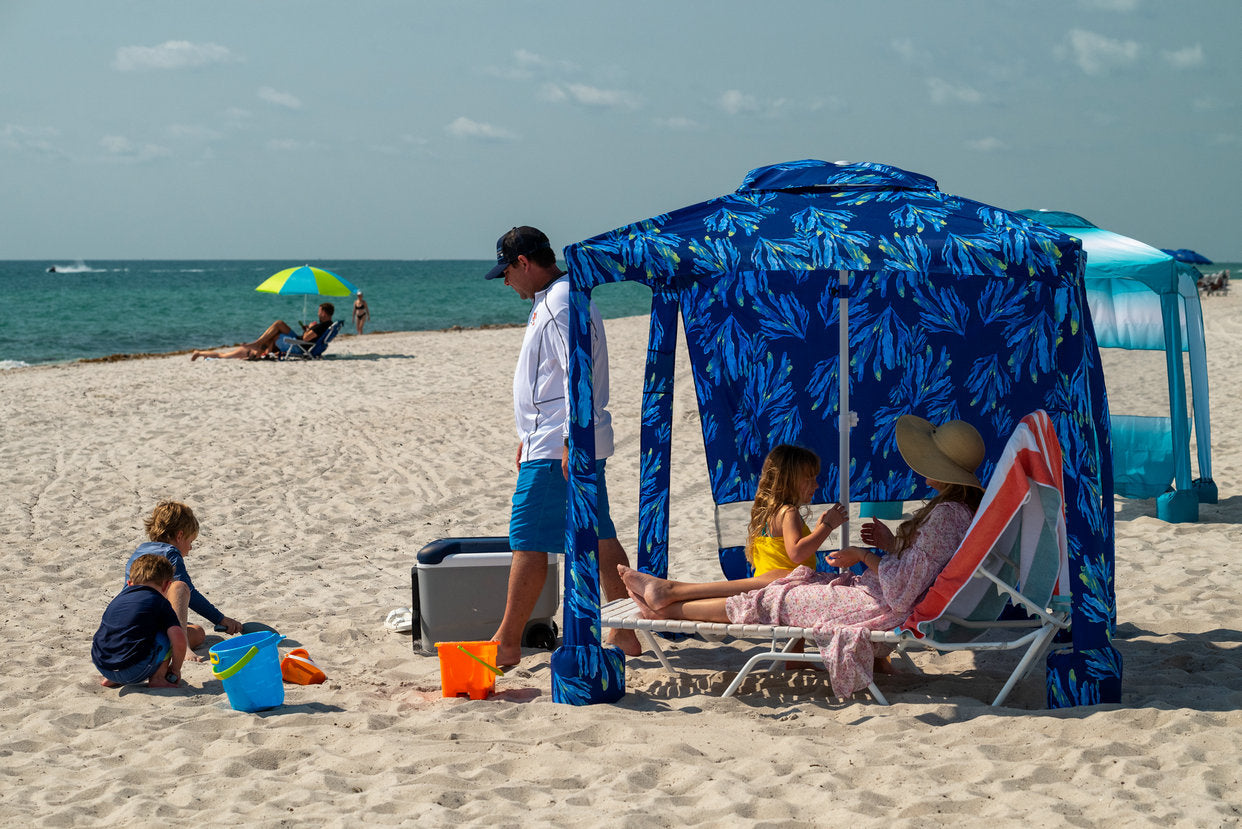
How to Stay Safe and Have Fun: Your Essential Guide to Beach Safety

Protecting Your Patio Umbrella: To Leave Outside or Not?












